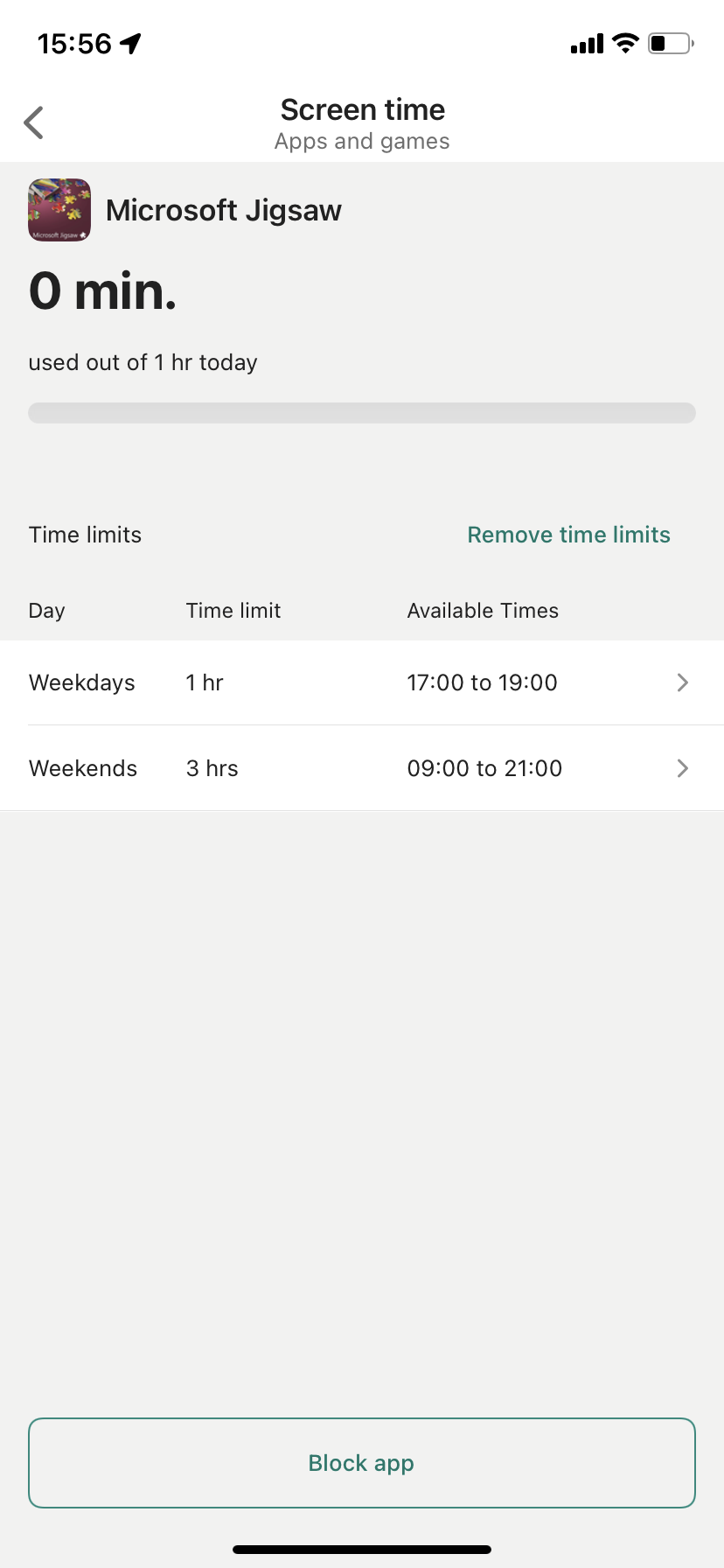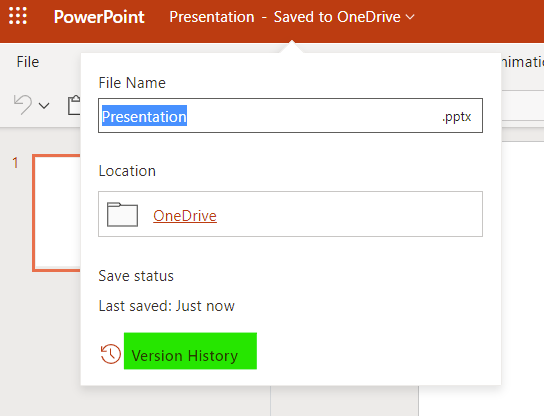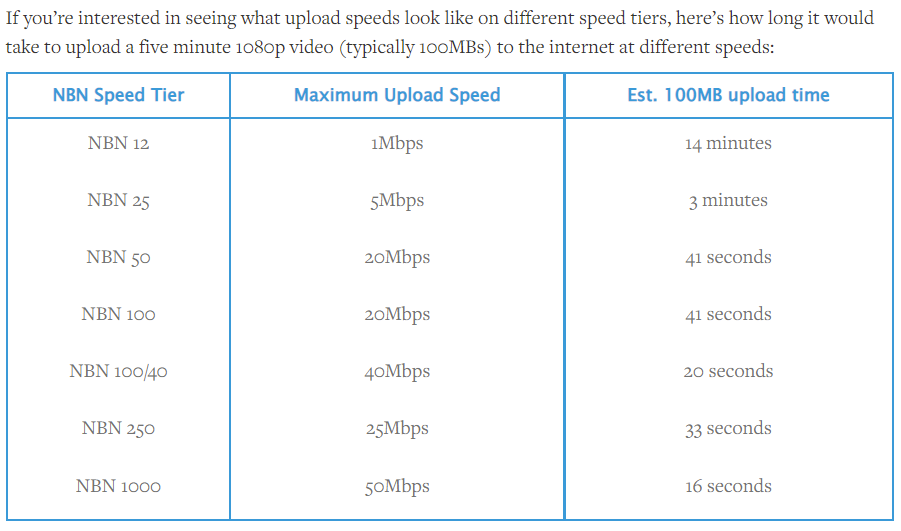
A solid Wifi connection is absolutely critical to a good experience. This means enjoying a high speed connection in all places of your home.
If your home is small enough and if you don’t have too many “noisy” neighbours, you might be able to get away with the standard router provided by your ISP.
Try to optimise the placement of your router in the middle of your home to maximise the Wifi coverage. However this is not always practicable as it depends on where your NBN modem (not the router but the box connecting the external cable) is located. In many cases, the NBN modem will be located near the entry door, or an external wall, so if you want to have your router far from the NBN modem you will need to pull a long ethernet cable between the two devices OR, in the case of Hybrid Fibre Coaxial (HFC), extend the coaxial cable coming from outside so you can place the modem alongside the router at your desired location.
If this is not possible you will need to look at third party options to resolve your Wifi problem.
Overview of Wifi standards
Modern standard routers provided by ISPs provide two Wifi bands: 2.4 GHz and 5 GHz.
The 2.4 GHz band is used by all Wifi devices, old and new, and ensures that all your devices can connect to the internet. The problem is that the 2.4 GHz band is extremely busy since all your neighbours are using it, plus a large number of radio devices not related to Wifi: radio controlled devices, wireless speakers, bluetooth, baby monitors, microwave ovens, etc. In addition, 2.4 GHz has a longer range than 5 GHz, meaning even your distant neighbours can cause trouble.
There are 13 channels available in the 2.4 GHz band but usually all of them will be fairly busy. Routers try to overcome this by automatically switching channels when the current one has too much interference but essentially the problem won’t go away as they all do the same thing.

The 5 GHz band is supposed to overcome the limitations of the 2.4 GHz band. This band allows for 23 channels (against 13) and non Wifi devices will not cause interference. The 5 GHz band has significantly higher bandwidth, allowing for faster connections. Older devices will not be able to connect to this network, freeing up bandwidth for more recent devices.
The main problem is that the 5 GHz band has a much shorter the range than the 2.4 GHz one. So your connection will degrade more quickly when you move away from the router.

Note: the charts above have been made with inSSider version 3.1 which is doesn’t require the creation of an account.
How to extend your Wifi coverage
The most frequent solution (and perhaps the worst) is to use a Wifi extender. This is a single device that you will plug halfway between your router and the area with bad coverage. It will basically repeat your 2.4 GHz and 5 GHz networks with the same Wifi names and passwords. There are numerous Wifi extenders available on the market. They all share the same default: the device will need to divide its available bandwidth in two: one half to communicate with the router and one half to communicate with the Wifi devices attached to it. Essentially your internet speed will be divided by two in your area with bad coverage.
The second solution, and probably the easiest if physically possible is to pull an ethernet cable from your router to your area with bad coverage and then install a simple Wifi access point replicating your Wifi names and passwords so your devices will simply switch to the Wifi with the best signal when you move around the house. A variation of this solution is to use Powerline devices instead of an ethernet cable to use the electrical wiring to connect the router and the Wifi access point. This is the solution I use in my home to connect my study and it works really well. More details in the Wired Connections section.
The last solution, and the most comprehensive and expensive, is to replace your router with a mesh Wifi system. Essentially you are going to deploy two or more units (one of them will physically replace your router) through your home and they will automatically connect to each other to form a consistent network with no black spot. This is probably the most elegant solution but it comes at a cost since mesh systems are still expensive. In addition, I would recommend using a tri-band system: two bands (2.4 GHz and 5 GHz) to connect devices and one separate band (5 GHz, different channel) acting as backhaul to connect the mesh units between them. This third band avoids the problem of having the speed being cut in half that we see with extenders. I am a considering deploying the TP-Link Deco X68 system when prices come down.




